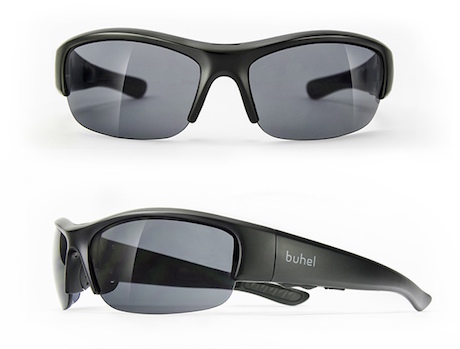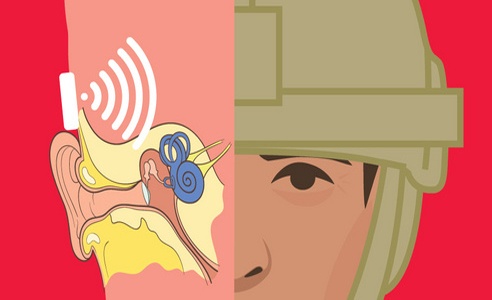Could bone conduction make better helmet speakers for riders than conventional systems? Even the army looks like using it to hear over loud battle noises.
Bone conduction is a method of turning vibrations into sound that pass through the bones in your head and are considered more effective than headphones.
We don’t know of any motorcycle helmet using bone conduction yet, but Google Glass and some other sunglass manufacturers have been using the technology for a few years.

Now, Beker has produced a light 34g, waterproof bone-conducting unit with 4GB of memory and eight hours of battery life which looks like it could be shoved up under the back of a helmet.
It may prove a little uncomfortable after some time, though. Check it out in this video.
https://youtu.be/yUbdBCZVAe4
Also, British defence and security firm BAE Systems is developing bone conduction technology for use in soldiers’ helmets so they can hear command orders above explosions.
If it works to make communication clear on a noisy battlefield, imagine how useful it would be on a motorcycle where riders have to battle against wind noise to hear their mates talking, make a phone call or listen to music?
The other advantage of bone technology “speakers” is that it leaves the ears open for other noises as it bypasses the eardrum altogether and transmits directly to the cochlea – the sensory organ responsible for translating sound into nerve impulses for the brain to interpret.
That means your ears are open to hear such important sounds as the screech of brakes or emergency vehicle sirens.
A prototype of the BAE Systems helmet is set to be displayed at the Defence and Security Equipment International exhibition in London later this year.
The first experiment with bone conduction was in 1559 when an Italian mathematician observed how sound could be relayed from a rod held between your teeth. In the 18th century, a British musician used the technology to develop the tuning fork and Beethoven used it to “hear” music.
The first bone conduction hearing aid was developed in Italy in 1976 and in 2013 Google Glass used bone conduction to relay information through a transducer to the ear.
(This article has been updated from the first which appeared in September 2015.)


